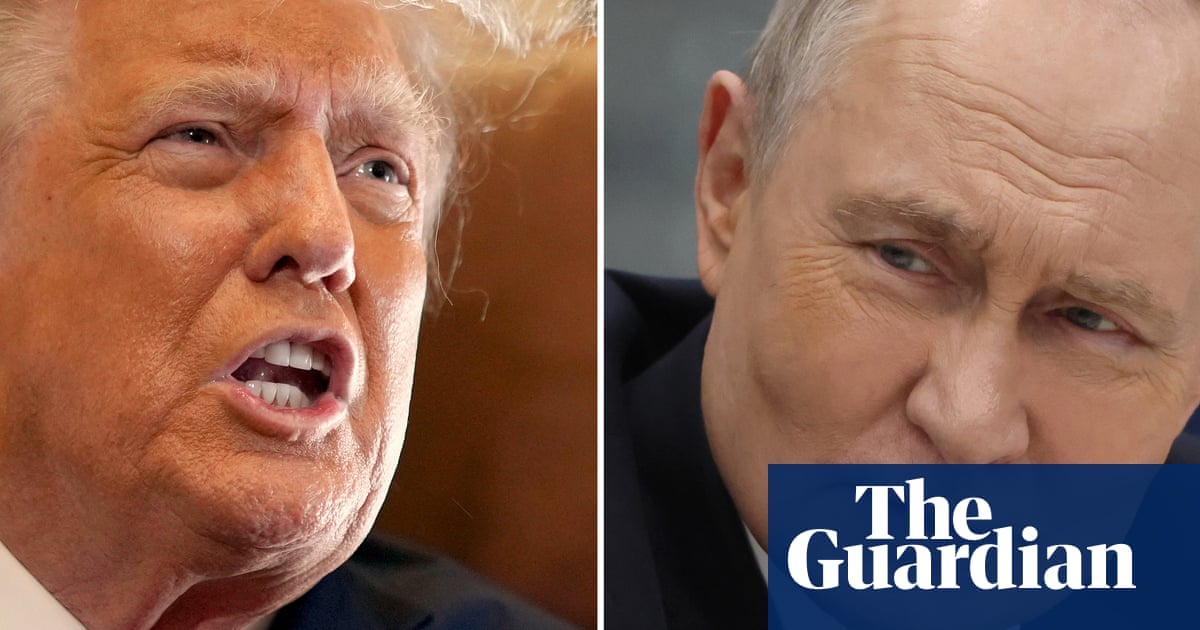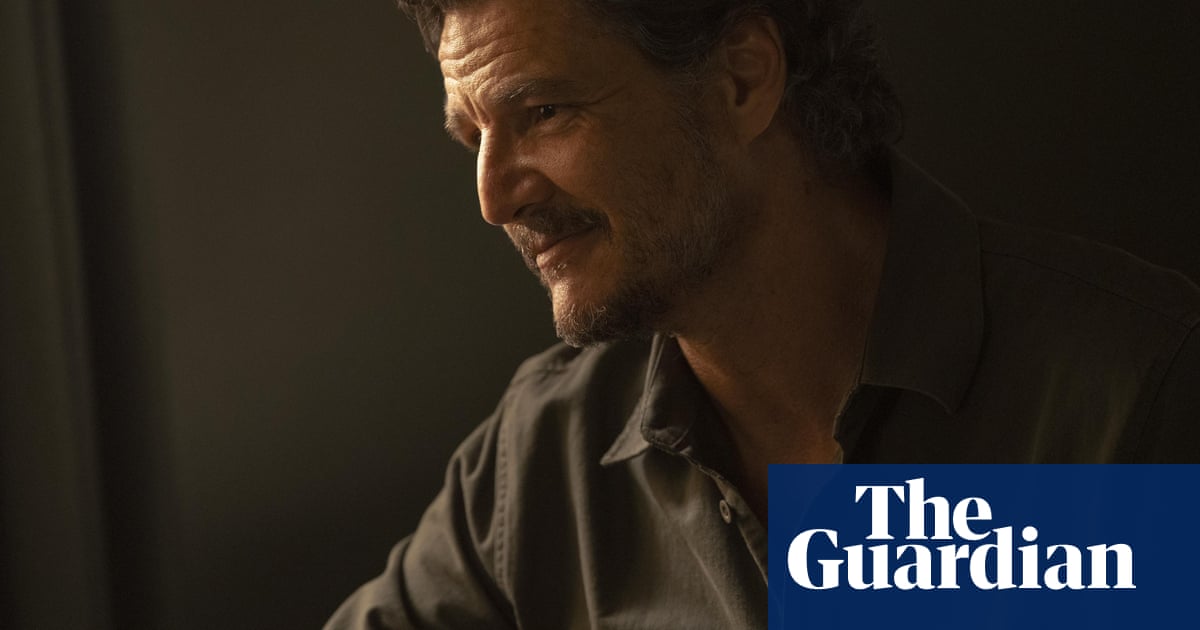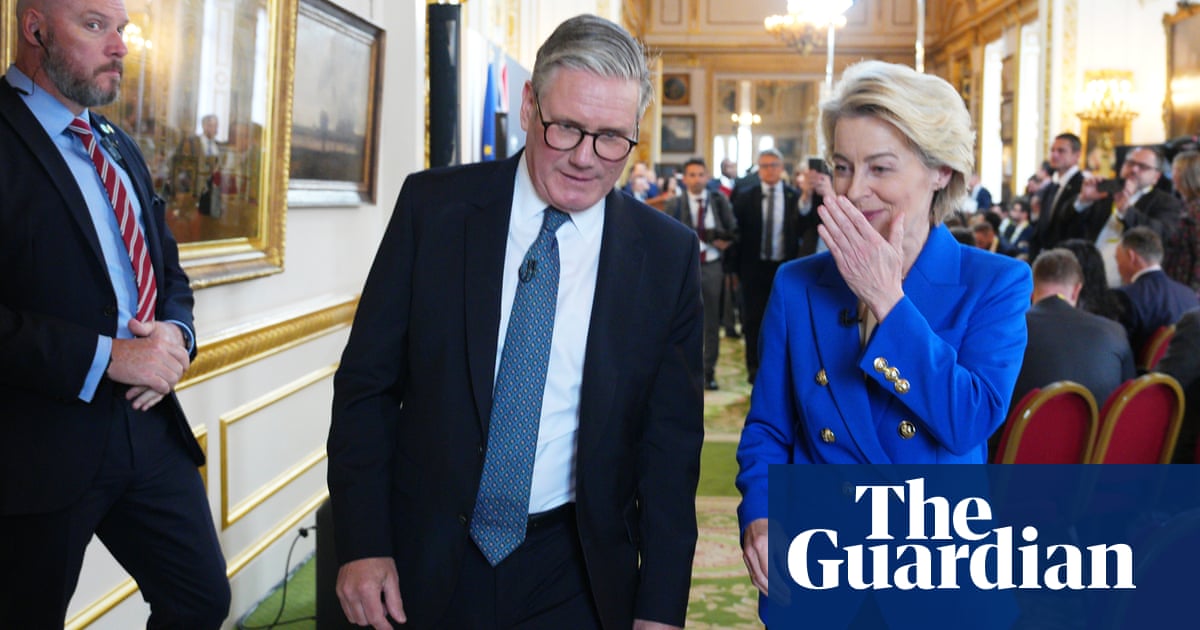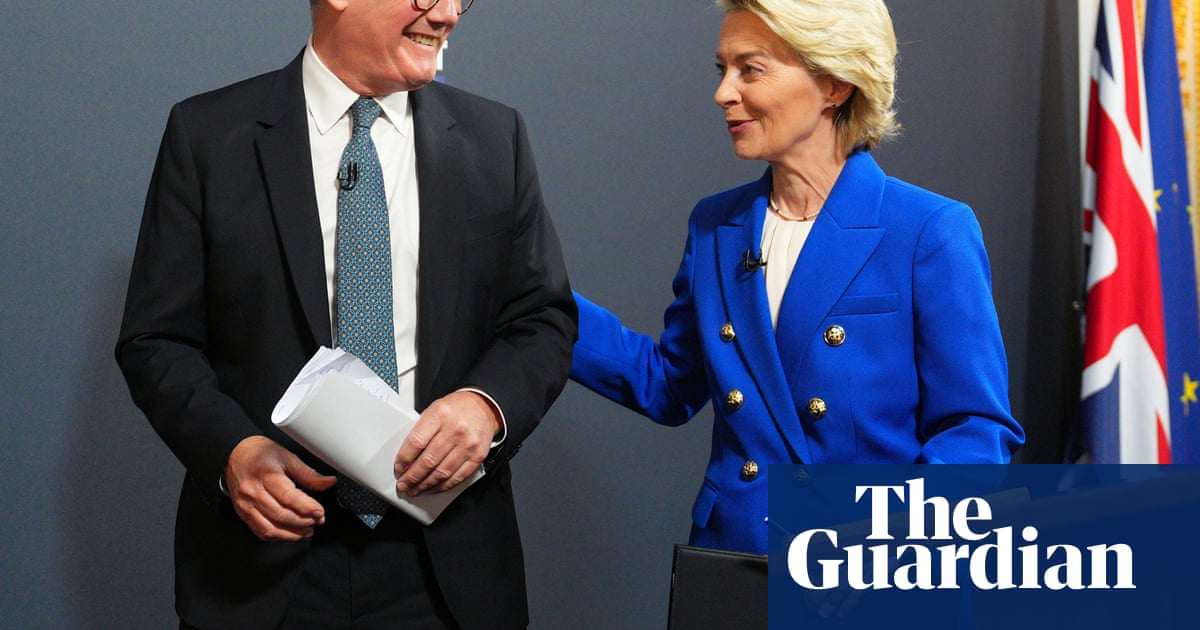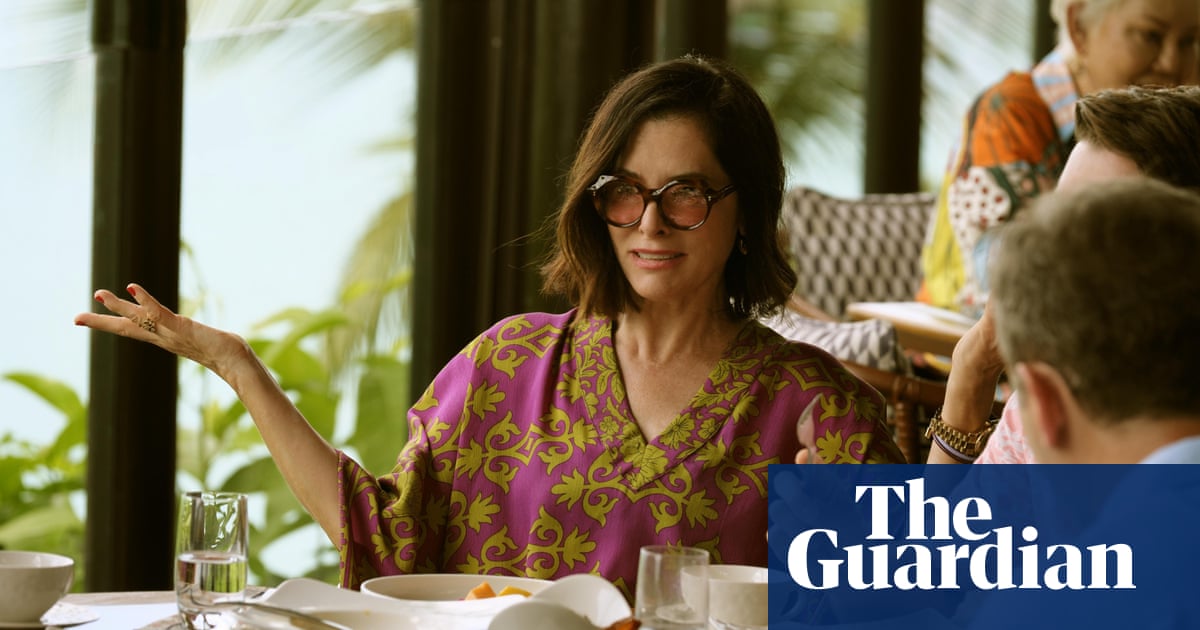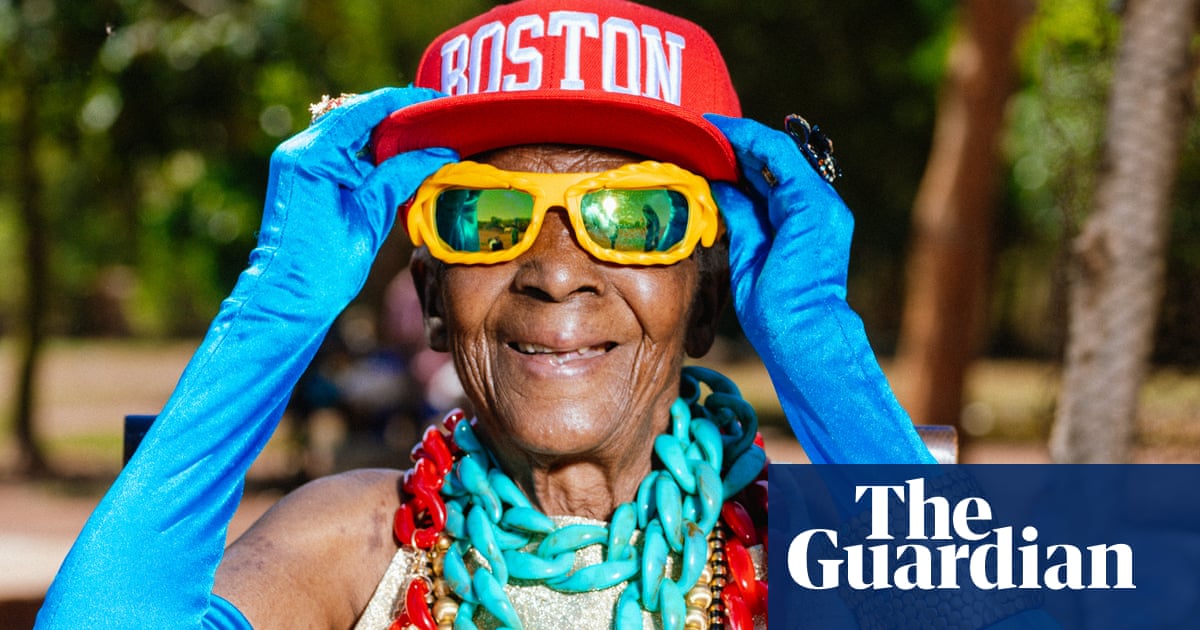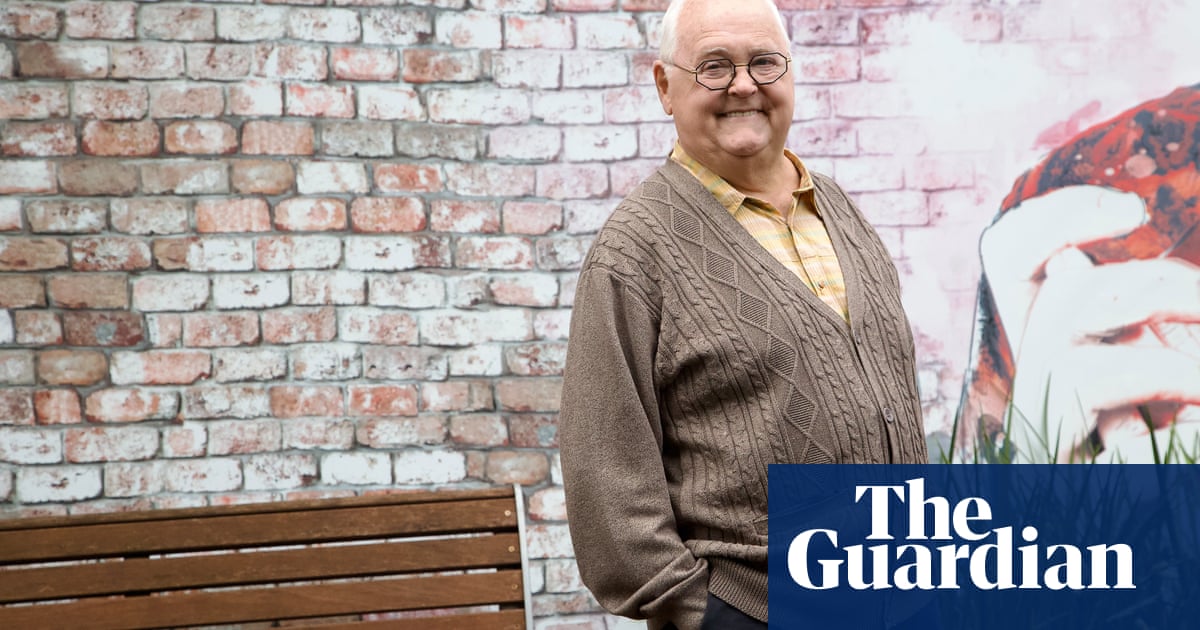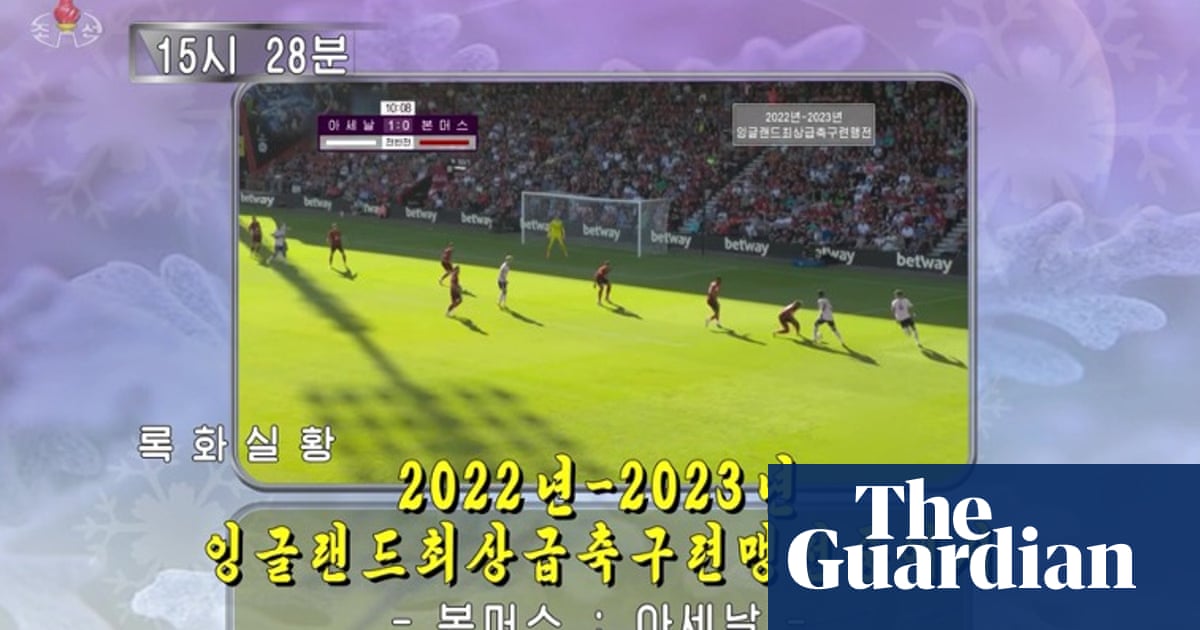When the acclaimed French film-maker Michel Hazanavicius was approached by his parents’ best friend, the author and playwright Jean-Claude Grumberg, to adapt his fairytale The Most Precious of Cargoes (2019) into an animated film, he hesitated. The short book is a fable about the Holocaust, and the extraordinary acts of kindness that people are capable of. Although moved by it, Hazanavicius was initially reluctant: he had never made an animated film, and he thought he would never make a film about the Holocaust. The grandson of eastern European immigrants who came to France from Lithuania and Poland in the 1920s, Hazanavicius, 58, had felt that the subject was not his to tell. “It was more my grandparents’ and my parents’ story, not mine,” he says, speaking from his home in the 10th arrondissement, Paris, the sunlight streaming through the window behind him. “I was born in Paris in the late 1960s, and I had a wonderful, very happy childhood.” That period, however, coincided with when Holocaust denial began and survivors, who had until then remained silent, started to speak out about their experiences in the camps. “For many years, the priority [of those seeking to preserve the memory] was hearing testimony from witnesses. And I thought fiction on the subject was not appropriate.”
It was Hazanavicius’s wife, the actor Bérénice Bejo – who starred as Peppy Miller, an ambitious young actress in The Artist, Hazanavicius’s Academy Award-winning film about Hollywood’s black-and-white silent era – who changed his mind. Bejo told him he had not explained enough about his family’s Jewish history to his four children, now aged 26, 23, 16 and 13, and she persuaded Hazanavicius to take on the project, not only for them, but also for other people’s children. “[I realised] that if I hadn’t told my kids stories about my family – how they came to France and what happened during the war – it was likely that other [Jewish parents] hadn’t passed on [their heritage] either.”
The Most Precious of Cargoes follows a poor woodcutter’s wife (voiced in the film by Dominique Blanc) who rescues a baby girl from the snow, thrown by her father from one of the many trains bound for Auschwitz that pass through the forest where she lives with her husband (Grégory Gadebois). The woman has lost her own child and, aware that the baby might be Jewish – she is wrapped in a tallit (Jewish prayer shawl) – she manages to convince her reluctant husband that they should look after her, despite the risks. As the circumstances and fate of the baby’s family become known, the little girl transforms the lives of the couple, as well as those whose path she crosses.
Hazanavicius has described the story as ultra fiction. “To me, Grumberg’s story felt as if it had always existed, and I wanted the film to be in keeping with that.” It begins with, “Once upon a time…” (narrated by the late Jean-Louis Trintignant) and employs another device of the fairytale in not naming characters. “By doing so, it makes it universal,” says Hazanavicius. The film then gradually subverts the form by introducing historical reality into the story.

The Most Precious of Cargoes, which took more than five years to make, premiered at Cannes last year where it was nominated for the Palme d’Or. The critic Leila Latif, writing in IndieWire, said that the film was an “unflinching but elegant Holocaust fable”. The previous year at Cannes, The Zone of Interest won the Grand Prix and the Fipresci prize for director Jonathan Glazer. Both films approach their subject indirectly. “It’s impossible to show the lives, loves and dreams of about 6 million people, and the cruelty or the evilness of how they died,” says Hazanavicius. Glazer’s technique is to convey the atrocities off-screen through the exclusive use of sound; Hazanavicius’s differs. “I try to activate the imagination or the knowledge of the audience through suggestion.”
For their film, it was obvious to Grumberg and Hazanavicius that it would be an animated feature and not live action. “I would never have made it with live actors because of the subject matter,” Hazanavicius says emphatically. “We all know that Brad Pitt is not a spy, for example, but we suspend our incredulity. When representing the Holocaust on screen this can be very uncomfortable, even obscene. If I make a shot with a deported man on a train going to Auschwitz, we all know that out of frame, if he [the actor] is hungry he’ll have some chocolate, and if he’s thirsty he’ll have some water. That is a problem for me.” The advantage of animation is nothing is real, he says. “The drawings do not lie. There’s nothing out of frame. The drawings are an evocation of something. Paradoxically, the drawings that are very far from reality might be more realistic.”

An art school graduate, Hazanavicius drew all the main characters, “as an artist, not an animator. I draw in a very traditional way, using pencil and paper,” he explains, disappearing briefly to find examples of his black-and-white drawings, which include headshots of the woodcutter’s wife. “As I thought the book was a classic tale, the idea was to have classical animation, not 3D or Japanese style.” His initial vision was not dissimilar to early Disney films, but the rounded, childlike images did not seem appropriate for the story. He turned to French and Russian painting and was also inspired by the 19th-century Japanese artist Hiroshige’s use of heavy, black outlines and blocks of colour in his portrayal of people and nature. Eventually, Hazanavicius and his team of animators combined bold lines and colour with the engraving style of illustration, used by the artist Henri Rivière, one of the leading proponents of 19th-century Japonisme.
There is little dialogue and what there is has been taken from Grumberg’s book, including the naming of Jews as “the Heartless”. At first, the gruff, antisemitic woodcutter wants nothing to do with the baby, even refusing to have her in his house. Eventually, when he touches her and feels her heart beating, he realises that the Heartless have a heart and he starts to discover his own compassion.
The Oscar-winning composer Alexandre Desplat created the original score. “The music is a very important voice: it really contributes to the soul of the movie,” says Hazanavicius, adding that sound is also vital in telling the story. Is it a substitute for dialogue? “Oh yeah. Usually, as a director, for important things, I prefer to use silence,” he replies with a smile, a nod to The Artist. Yet here sound is a mechanism for introducing real life: the crunch of footsteps in the snow, birdsong, the rustle of wind in the trees or the baby’s laughter. But there is something pragmatic too. “The woodcutters are simple men and women. They don’t speak much. And I didn’t want the deported man, the father of the baby, to speak. I mean, there’s nothing to say.”
Hazanavicius grew up in Paris. After art school, he worked as a director on commercials and TV series, and in 1999 released his first feature, Mes Amis. Two spy parody films, OSS 117: Cairo, Nest of Spies and OSS 117: Lost in Rio, followed, but it was The Artist that catapulted him to global acclaim, winning five Academy Awards, including best picture and best director. He is currently adapting another book, The Third Hand, set during the first world war and the early 1920s.
Although work began on The Most Precious of Cargoes prior to the Israel-Gaza war, it is being released during a time of global unrest and rising antisemitism. Have these factors affected viewers’ responses? “I don’t think so. I’ve done a lot of screenings with teenagers from a variety of backgrounds, and they have all been moved by it.” The only repercussion he has experienced is difficulty finding a US distributor, and discussions are ongoing. “Businessmen are not as clever as teenagers,” he says wryly.
For Havanavicius, the message of the film is a very simple one. “It’s about the Righteous Among the Nations: the men and women who risked their lives to help others, who did the right thing. It says, we can all make that choice.”
-
The Most Precious of Cargoes is in UK and Irish cinemas on Friday. There will be a screening of the film plus Q&A with Michel Hazanavicius at Ciné Lumière, London SW7 on 1 April

.png) 1 month ago
28
1 month ago
28



